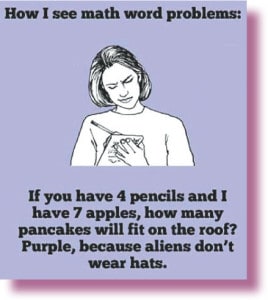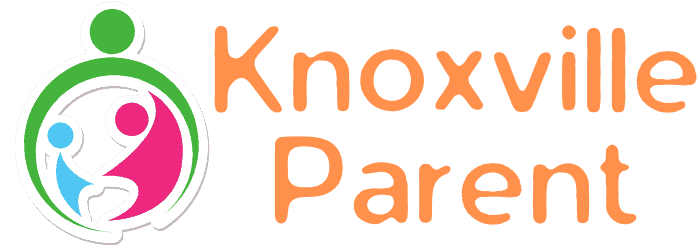By Mike O’Hern, Center Director of Mathnasium of West Knoxville
 What do engineers do? Word problems.
What do engineers do? Word problems.
What do you do when you’re setting up a budget? Word problems.
What do you do when you’re planning a road trip? Word problems.
Word problems are the most important part of a math education. There would be little reason to learn mathematical symbols, facts, equations and the like if it is not to be connected to our own reality such that we can use it to solve problems in our lives. Word problems require verbal formulation, then determination of the underlying mathematical relations, and finally the symbolic mathematical expression. This logical sequence not only ties the student’s math to real life, but helps improve the math ability itself. For example, it helps the student see that multiplication is simply a way to add quickly by grouping.
In fact, you probably use word problems to help your student understand math already! Just one example. I had a student who was big into gymnastics. She was having a difficult time understanding percents. I gave her a series of word problems verbally that put percents into her realm. “Let’s say I’ll give you five dollars for every 100 back-handsprings you do. The first day you do 100. How much do I owe you?” “$5.” “Correct! The next day you do 200.” “$10.” “Great! Next day you’re tired, so you only do 50.” “Well that’s half of 100, so you owe me $2.50.” “The next day you get re-energized and do 250. How much?” “$12.50!” “That’s percents. I give you five for each 100 (5%), so when you do 250, you get 12.50. 12 1/2 is 5% of 250.”
One big key to solving word problems is drawing a picture. I didn’t really learn that lesson until I took physics. We would draw what were called “free body diagrams” to understand what was going on in the physical world so we could apply math to figure out what would happen. But pictures help from the very beginning. Here’s an example.
Stefan has twice as much money as Gordon. Ramone has twice as much as Stefan. Altogether they have $28. How much money does each of them have?
So if Gordon had one bill, Stefan would have two (twice as many):
And if Stefan had two, then Ramone would have four (twice as many again):
Now it is fairly clear that there are seven bills, and we just need to figure out how much each bill is worth. So how many times does seven go into 28? Four times. So they each have a $4 bill! For a younger student we might simply ask “If they each had a $1 bill, how much money would they have altogether? What if they each had a $2 bill?” And et cetera until we reach $28.
I know that this looks all too simple, but you will be amazed at how drawing a picture clarifies a problem!
Further, we can simply change the problem if the problem is not of interest to the student. If your boy would rather think about motorcycles than dollars, here’s the new problem. “Bill has twice as many motorcycles as John. Frank has twice as many motorcycles as Bill. Altogether they have 28 motorcycles. How many motorcycles does each of them have?” Believe it or not, simply making the objects of the problem into something interesting to the student will help them make the math more important.
So don’t be afraid of word problems – we do them all the time! Have fun with them, draw pictures of them, but whatever you do, keep doing those word problems!

 Mike O’Hern, Center Director of Mathnasium of West Knoxville, earned his Bachelor’s Degree in Metallurgical Engineering at the University of Tennessee, Knoxville in 1988. He pursued graduate studies in Materials Science & Engineering while on the Research Staff at Oak Ridge National Laboratory. Mike has had a life-long love of mathematics and teaching, and feels that math is not about learning to be ready for the next math class – it’s about learning to think.
Mike O’Hern, Center Director of Mathnasium of West Knoxville, earned his Bachelor’s Degree in Metallurgical Engineering at the University of Tennessee, Knoxville in 1988. He pursued graduate studies in Materials Science & Engineering while on the Research Staff at Oak Ridge National Laboratory. Mike has had a life-long love of mathematics and teaching, and feels that math is not about learning to be ready for the next math class – it’s about learning to think.
Related posts
Newsletter Subscribe
Newest Posts
Set Up a Parental Control for Online Safety
Have you ever wondered how long your children spend in front of a device without your supervision? Yes, it is…
Adopt A Life, Save A Life
By Jeff Ashin, CEO, Young-Williams Animal Center. Photo by: Young-Williams Animal Center Are you or your child thinking of adding…

